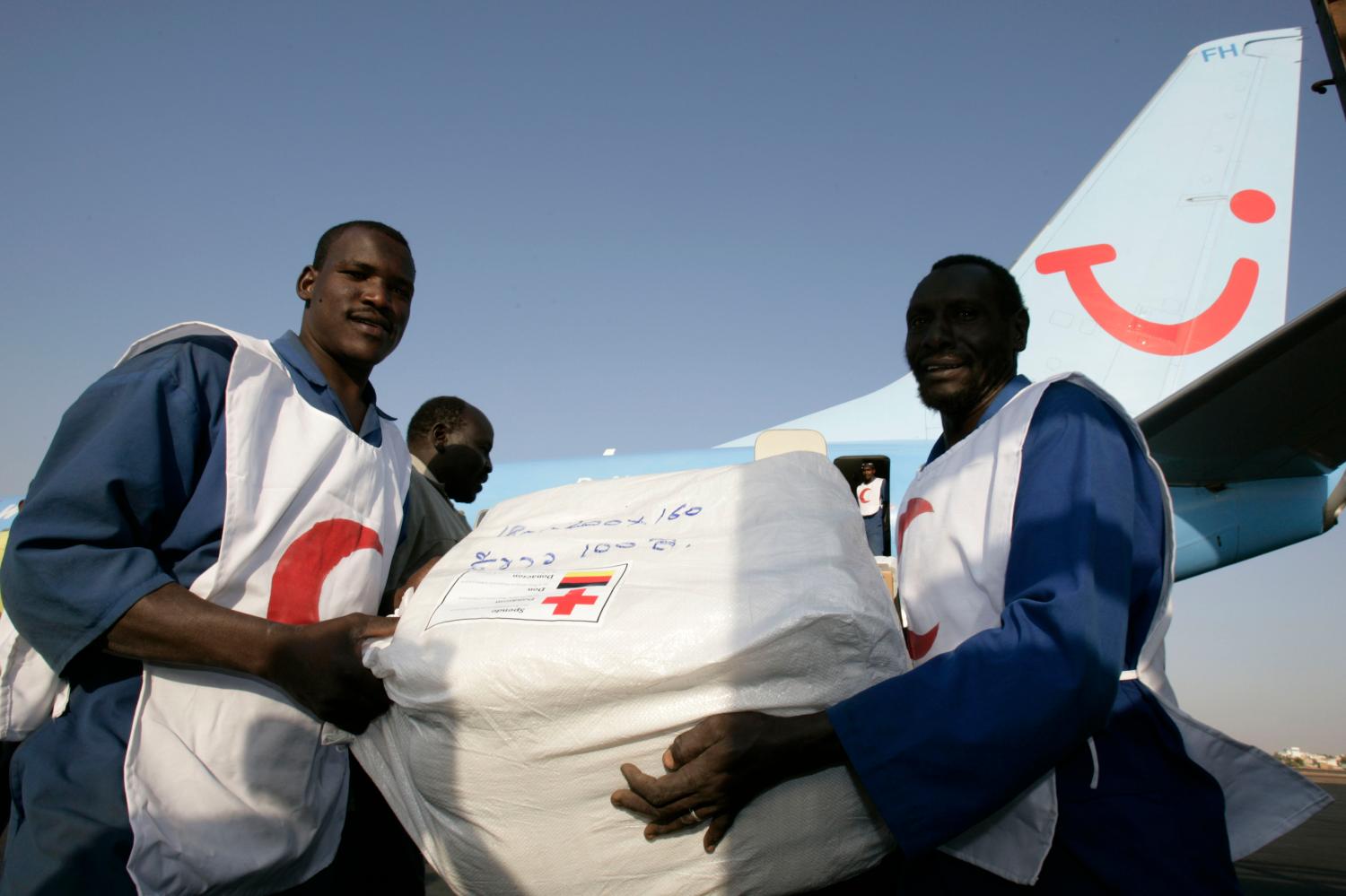Editor’s Note: This report is a full analysis of the second edition of the Quality of Official Development Assistance (QuODA) assessment. The full database from this assessment as well as an interactive tool is available at the Center for Global Development.
INTRODUCTION
This report presents the results of the second edition of the Quality of Official Development Assistance (QuODA) assessment, with a focus on the changes that have occurred in donor performance since the first edition. These results were released in summary form in November, 2011, just before the Fourth High Level Forum on Aid Effectiveness in Busan, South Korea.
QuODA is a quantitative assessment and ranking of donors’ performance according to four dimensions of aid quality (maximizing efficiency, fostering institutions, reducing the burden on recipient countries, and transparency and learning). These four dimensions reflect international effectiveness standards and can be interpreted as measures of “high-quality” aid.
In the last decade, the official aid community has put increasing emphasis on improving the quality as well as the quantity of aid. The standards of good practice for donors and partner countries were defined in the Paris Declaration of 2005, which was signed by all members of the Organization for Economic Cooperation and Development’s Development Assistance Committee (DAC) as well as developing country aid recipients, and were reaffirmed in the Busan Global Partnership for Effective Development Cooperation in 2011 by DAC members, aid recipients, and several new emerging market donors. These standards have also evolved from a growing set of mutual accountability reviews between donors and partner countries, and as a result of academic research. Like the first edition, this second edition of QuODA addresses the question, How are donors doing on the commitments that they have made to improving aid quality?
QuODA is not an assessment of how effective aid has been. That depends on the combined efforts of both donors and partner countries. It is instead an assessment of donors’ efforts to comply with their commitments to those dimensions of aid quality that evidence and experience suggest lead to effective aid. With QuODA, we focus only on factors over which donor agencies have control. As stated in the original QuODA report, we hope to provide an empirical basis for linking changes in management decisions and strategy to changes in the performance of aid agencies. We refer readers interested in more detail on the rationale and the methodology we use in the QuODA analysis to the first edition of QuODA. This second QuODA assessment is based primarily on data that were reported by official donors to the DAC and are publicly available in the Creditor Reporting System in 2009 (the latest currently available year), and on the results of the 2011 Paris Declaration Monitoring Survey.
That survey report makes it clear that donors have moved slowly in implementing the Paris Declaration commitments; QuODA takes a more detailed look at their performance using more indicators and covering additional aspects of donor performance such as transparency and evaluation.
In developing our measures for QuODA, we have found areas—such as results reporting, evaluation practices and the use of innovative approaches including results-based aid—where there are no data from which we can draw meaningful conclusions about donor performance. Our hope is that QuODA, along with other assessments, will help motivate the development of agreed-on common measures and annual reporting on those measures on the part of all donors. In particular, we urge the DAC to refine its monitoring and data collection techniques in several ways so as to improve the ability of outside analysts to assess donor progress.
Despite the shortcomings and the lack of timeliness of current data in a few areas, we believe that the evidence presented in this report constitutes a reform agenda for the donor countries and for the many bilateral and multilateral agencies that provide aid. It can help inform the broader debate about donor performance in improving aid effectiveness. This year, as the development community enters the new global partnership outlined during the Fourth High Level Forum on Aid Effectiveness in Busan, it is especially timely to draw lessons on how to improve the quality of the aid that is actually delivered. Many good ideas and plans are discussed by aid agencies, but implementation can lag. An empirical approach is the only way to discern what is actually being done.
This assessment is organized in two parts. In part 1, we briefly review our basic approach and summarize our findings, focusing on changes in donor performance, vis-à-vis the four dimensions of aid quality. We then describe the results by agency. In part 2, we provide the descriptions, detailed formulas and sources that we use for each indicator.





